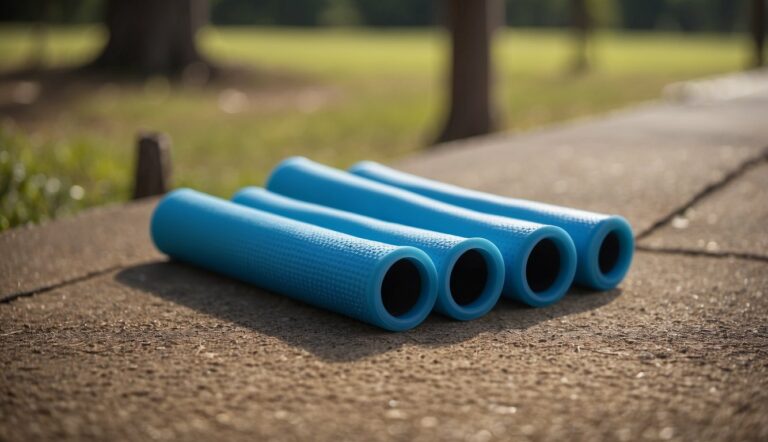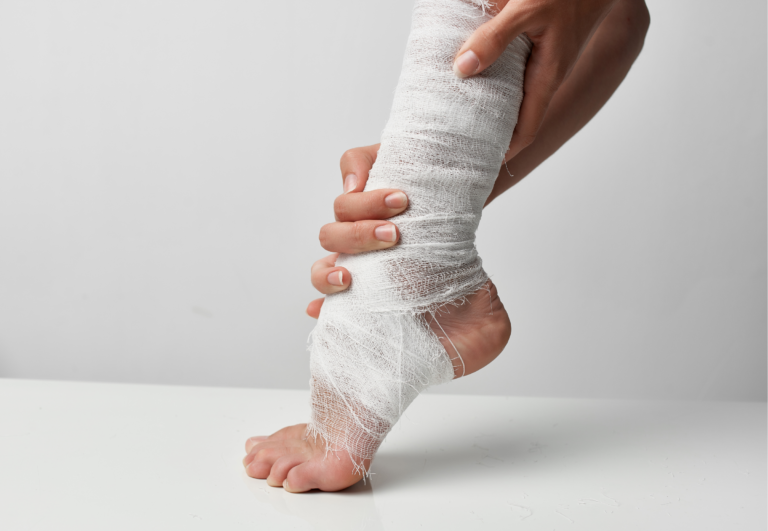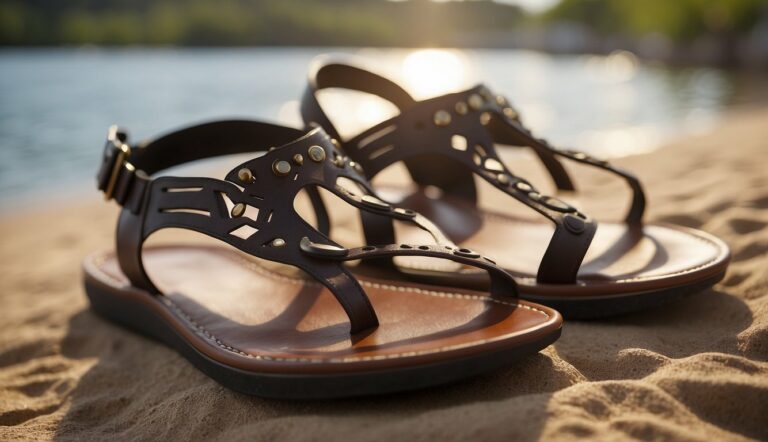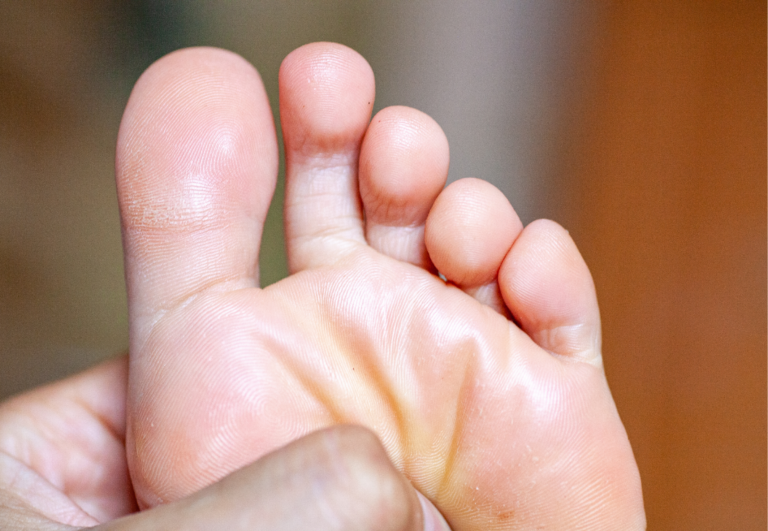Stretching for Bunions with Toe Spacers: Essential Techniques for Relief
Bunions, the bony protrusions that form at the base of the big toe, are a common foot condition that can result in discomfort and pain. I’ve found through my experience that stretching the feet, particularly with toe spacers, can provide significant relief. Toe spacers are designed to realign the toes, reducing the pressure on the bunion and thereby addressing the pain that comes with it.
As a non-medical expert who’s become well-versed with bunions and non-surgical methods of managing them, I advocate for regular stretching exercises paired with the correct use of toe spacers. These devices come in various materials, including gel and silicone, each tailored for comfort and efficacy. The goal is to create space between toes, which can potentially slow the progression of bunions and alleviate discomfort.
Integrating toe spacers into your daily routine is a straightforward process. Properly positioned, they work passively as you go about your day or actively during foot exercises. It is important to use them consistently for best results. From personal experience, patience and regular usage are key to experiencing the benefits of toe spacers for bunion-related pain relief.
Stretching for Bunions with Toe Spacers – a Step-by-Step Routine
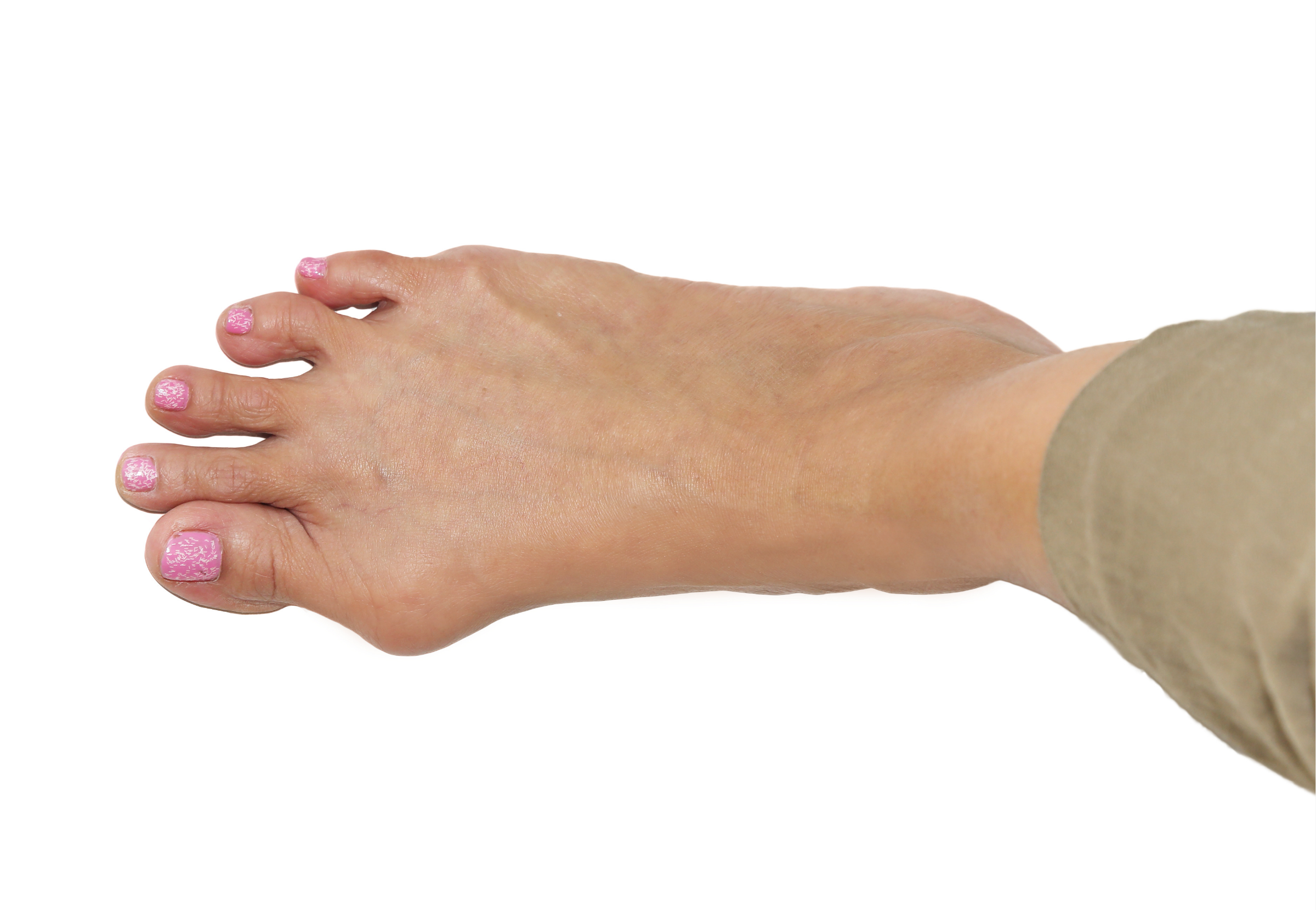
What Are Bunions?
As an expert in toe spacers, I’ve learned key points about bunions that are important for managing this condition. Bunions, known medically as hallux valgus, are bony protrusions at the base of the big toe, causing it to angle toward the other toes. They are more than just a bump—they can affect your mobility, gait, and foot structure.
Causes and Risk Factors
Genetics often play a substantial role in the development of bunions. If your parents or grandparents had bunions, you might be more susceptible. Additionally, conditions like rheumatoid arthritis and osteoarthritis can contribute to their formation. Women are typically more affected, partly due to footwear that places stress on the joints of the toes. Ill-fitting shoes, high heels, or narrow toe boxes can exacerbate the issue. Prolonged standing or activities that place pressure on the feet may increase your risk as well.
Risk Enhancers for Bunions:
- Genetics: Familial tendency
- Arthritis: Inflammatory conditions affecting joints
- Footwear: High heels/narrow shoes
- Lifestyle: Prolonged standing/walking
Symptoms
A bunion manifests as a visible bump on the outer edge of the big toe joint. It may come with pain, soreness, redness, and swelling. Over time, it can lead to other foot deformities like hammertoe. Some people experience discomfort when wearing certain types of shoes or during certain activities. It’s not uncommon for the skin over the bunion to become thickened or callused due to friction.
Bunion Symptoms:
- Pain and tenderness
- Swelling and redness
- Visible protruding bump
- Callus formation over the bump
Impacts on Mobility and Gait
Bunions can drastically affect the way you walk (gait), potentially causing an altered walking pattern to avoid pain. This can lead to imbalance and discomfort in other parts of the body, as well as decreased mobility. In addition to personal discomfort, bunions can complicate conditions like diabetes, where foot health is a major concern due to poor circulation and wound healing issues. Using toe spacers helps in realigning the toes and may mitigate the impact on mobility and gait.
Mobility and Gait Considerations:
- Altered walking patterns
- Possible lower body imbalance
- Increased pain leading to reduced mobility
- Diabetes complications requiring careful foot care
Conservative Treatment Options
Conservative management of bunions focuses on pain relief and preventing further progression without surgery. This includes proper footwear, toe spacers and orthotics, and targeted stretches and exercises designed for foot health.
Proper Footwear Selection
Selecting the appropriate shoes is crucial for bunion treatment. Shoes should have a wide toe box to reduce pressure on the bunion. I recommend opting for shoes that fit well and provide ample comfort to accommodate the bunion without causing additional irritation. Solid support and a snug fit at the heel can also help distribute weight evenly across the foot.
Use of Toe Spacers and Orthotics
Toe spacers, particularly those made from soft materials like silicone or gel, can be beneficial. They work by creating space between the big toe and its neighboring toe, which can alleviate pain and help prevent worsening of the bunion. Furthermore, custom orthotics or over-the-counter shoe inserts can promote proper alignment and offer additional padding. I’ve found that consistent use of these tools can make a real difference in managing symptoms.
Bold choices for toe spacers:
- Silicone Toe Spacers: Offer flexibility and can be worn easily with shoes.
- Gel Toe Spacers: Provide cushioning and are ideal for sensitive skin.
Stretches and Exercises
Engaging in stretches and exercises tailored for bunions can enhance muscle strength and provide pain relief. Simple toe stretches, resistance exercises for foot muscles, and activities like spreading the toes can aid in recovery for those with mild to moderate bunions. For severe cases, it’s good to proceed cautiously and consider guidance from a foot care specialist. I implement daily foot-strengthening exercises as part of my routine to support foot health.
Remember, while these measures can alleviate discomfort, they are part of a broader approach to bunion care. Ice packs and anti-inflammatory medications can also be included when necessary to reduce pain and inflammation.
Specialized Footwear Considerations

When dealing with bunions, choosing the right type of footwear is crucial. Proper footwear can alleviate bunion pain and aid in preventing the progression of the bony bump.
Importance of Toe Box Design
Wide Toe Box: I recommend shoes with a wide toe box to alleviate pressure on the bunion. Footwear should provide ample room for the toes to spread naturally, accommodating toe spacers if used.
- Benefits:
- Reduces pressure on the bunion
- Allows for natural toe alignment
Avoid Narrow Shoes: Especially steer clear of narrow or pointy shoes, as they can exacerbate bunion discomfort.
- Contrast:
- Narrow toe box: Increases pressure, aggravates bunions
- Wide toe box: Offers comfort, suits feet with bunions
Shoe Modifications for Bunions
Custom Insoles: These are beneficial for individuals with flat feet, as they provide support to the arch and can distribute pressure evenly across the foot.
- Supportive Features:
- Arch support
- Heel cupping
Heel Height: Limiting the use of high heels can prevent additional stress on the front of the foot. When necessary, choose heels with a lower height and a wider base.
- Heel Guidelines:
- High heels: Contributes to bunion pain
- Low heels: Better for bunion management
Bunion-friendly Features: Look for shoes with adjustable straps or laces for a customizable fit, as well as cushioned soles for extra comfort.
- Recommended Features:
- Adjustable straps/laces
- Cushioned soles
Surgical Interventions and Recovery
In dealing with bunions, when conservative treatments like silicone toe spacers fall short, surgical options become a crucial consideration. Recovery from such procedures is a journey, guided by recommendations from healthcare professionals like podiatrists.
When Surgery Is Recommended
I’ve learned that a podiatrist may suggest bunion surgery when a bunion causes persistent pain or interferes with daily activities. It’s usually considered after other treatments, including the use of toe spacers, have proven ineffective. Cleveland Clinic points out that severity of pain and deformity play a role in this decision.
Types of Bunion Surgery
The most common surgical procedure to treat bunions is an osteotomy. This involves realigning the joint through strategic bone cuts. The type of surgery is determined by the bunion’s severity and includes options like:
- Osteotomies: to realign the joint
- Arthrodesis: fusion of the affected joint
- Excision (bunionectomy): removal of the swollen tissue
Each choice has its prerequisites and recovery periods, and is something a podiatrist would thoroughly explain.
Post-Operative Care
Post-surgery, it’s essential to follow a structured recovery plan to ensure the best outcome. From my understanding, recovery generally includes:
- Rest: Limiting mobility to aid healing.
- Elevation: Keeping the foot raised to reduce swelling.
- Pain management: Employing medications as prescribed.
Moreover, podiatrists may recommend rehabilitation exercises and the continued use of toe spacers to maintain proper toe alignment during recovery.
Maintaining Foot Health Post-Treatment
After addressing bunions with toe spacers, it’s crucial to continue practices that support foot health and prevent recurrence. My guidance draws on experience and insights into keeping your feet healthy in the long term.
Lifestyle and Footwear Maintenance
Footwear Choices:
- Ensure shoes provide ample toe room to avoid pressure.
- Prioritize footwear with supportive arches and cushioning.
Lifestyle Adjustments:
- Maintain a healthy weight to minimize stress on feet.
- Choose low-impact activities to reduce foot strain.
Long-Term Exercises and Monitoring
Exercises for Strength and Flexibility:
- Toe splay: Spread toes apart, hold, and release to improve ligament and muscle strength.
- Toe curls: Grip and release a fabric on the floor to boost toe and foot muscles.
Regular Monitoring:
- Check for signs of misalignment or inflammation.
- Visit a physical therapist if you notice changes.
Professional Consultation and Resources
When considering toe spacers as a solution for bunion relief, it’s crucial to consult with a medical professional and utilize the right resources. Toe spacers can enhance foot strength, mobility, and reduce pain from bunions, but professional guidance ensures you are using them correctly and addressing issues like blisters, calluses, and corns.
Seeking Medical Advice
I always recommend that individuals talk to a podiatrist or other medical professional, like Georgeanne Botek, before starting any new treatment for bunions. The specific advice from a podiatrist can help:
- Properly assess your foot structure and gait
- Tailor recommendations for toe spacers to fit your needs
- Create a plan to improve overall foot strength and mobility
- Address any complications, such as toe deformities or excessive friction and swelling
Utilizing Virtual Consultations
If in-person visits are challenging, virtual consultations have emerged as a valuable resource. Through virtual appointments, you can:
- Conveniently connect with specialists for professional advice
- Receive guidance on the correct use of toe spacers and separators
- Discuss daily activities and exercises designed to strengthen foot muscles
- Review your progress and adjust treatment plans as needed
Medical professionals can provide comprehensive insights to ensure toe spacers are a beneficial addition to your routine, potentially alleviating daily discomfort and enhancing foot health.
